Volkswagen I.D. : mass market ready EV for 2020
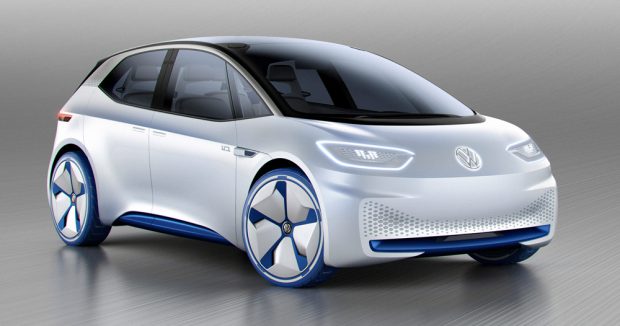
Technically, everything is cool. Volkswagen has two battery-electric cars in it its line-up. The small and affordable e-Up! and the e-Golf with its 35.8 kWh battery pack that will continue to hold the top spot in its segment until the Chevy Bolt hits the road. The portfolio may not be enough to be considered a pioneer, but it would be wrong to charge the carmaker with inaction. At the Paris Auto Show, VW will show the next step of its energy turnaround strategy: the showcar I.D. will be the first model build on the modular architecture for electric cars (MEB).
The press release is surprisingly short. One page with a few bullet points is enough to sum up the most important aspects. But as always, it’s worth taking a close look at, more or less, the fine print, because nothing here was written without a reason.
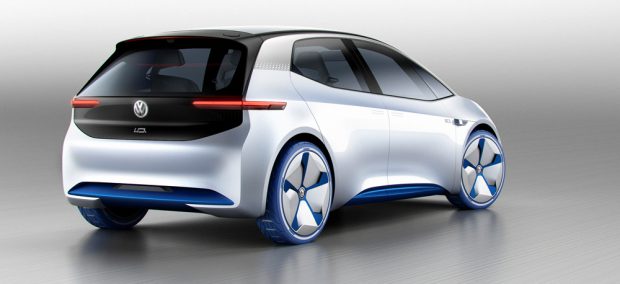
Volkswagen says it “plans for the visionary I.D. to hit the road in 2020.” That sounds different than “concept car” or “would/could.” Maybe the serial production version will not even be much different than the prototype – like BMW’s Mega City Vehicle, which can now be bought as the i3 seemingly unchanged.
But that is just speculation. Every EV fan will be less interested in the design than in the date: 2020. A disappointment.
I.D. AND E-GOLF TOGETHER
Volkswagen remains cautions. It says the e-Golf will continue to be built and will presumably be based on the 8th generation in 2020. That way buyers will have a choice between conventional or electric. Or between progressive and electric.
Other than the e-Golf, the I.D. will be conceived as a purely electric car from the getgo. The interior (“Open Space”) will offer “entirely new spatial experience.” Less room for the drivetrain, more room for people and bags. It’s not a revolutionary idea. But apart from Tesla (keyword: frunk), no one has so far implemented it.
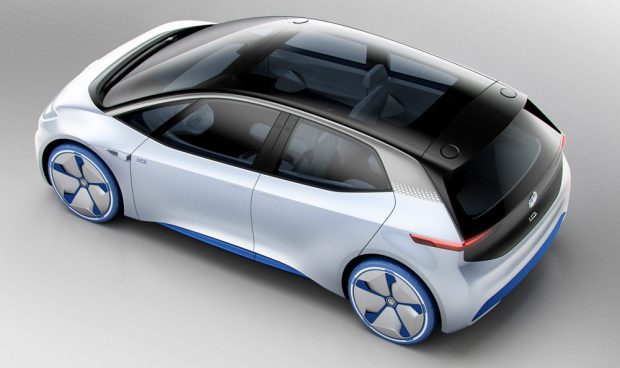
The I.D. will boast 125 kW and a range of 400 to 600 kilometres. Whether that means it will be offered with two different battery pack sizes, or if it is just the range of a single pack is left to the imagination. We bet on it having at least 50 kWh and considering the Chevy Bolt, it should be closer to 70 kWh. VW’s competitors will not stand idle in the coming years and the price per kWh will continue to drop.
On top of that, Volkswagen promises fully automated driving “from 2025 onwards.” That level (level 4) is just one step shy of autonomous driving and in certain situations (starting on the motorway) allows the driver to fully cede alertness and responsibility.
AS ALWAYS: FAST-FOLLOWER, BUT NOT FIRST-MOVER
VW again emphasises its goal of having one million EVs by 2025 – the goal of two to three million that CEO Matthias Müller recently announced, were for the whole group and not the core brand.
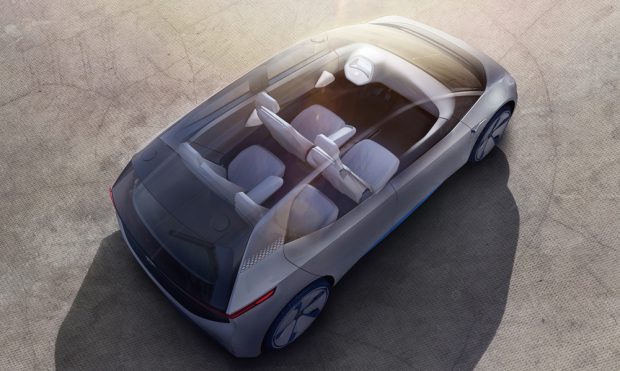
That way, Volkswagen once again assumes the role of fast-follower and not that of first-mover. A strategy that has paid off in the past. Just look at the Touran or Tiguan; the manufacturer always managed to hit a nerve with the masses. Our wish list: we hope to see the serial production version of the VW I.D. at the IAA 2019, so in three years’ time. Sales start should be January 2020, making the leeway to Nissan, GM, and Tesla more bearable and it would keep VW its edge in regards to less active players.
Text: Christoph M. Schwarzer
Translation: Carla Westerheide

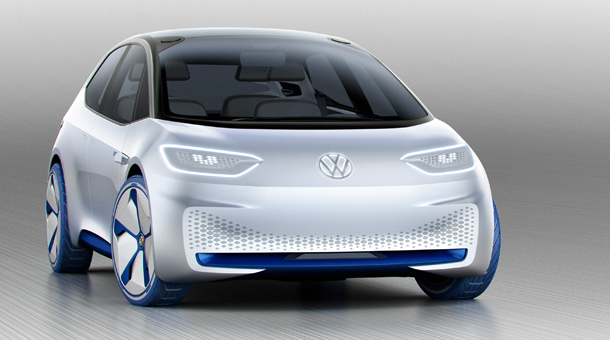
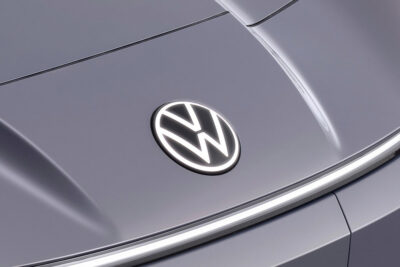
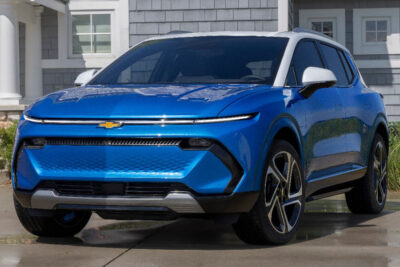
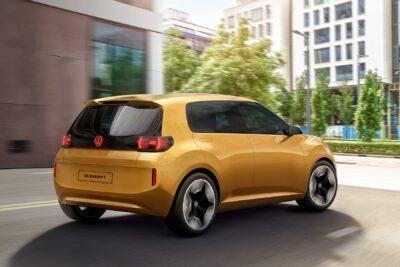
0 Comments